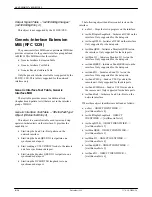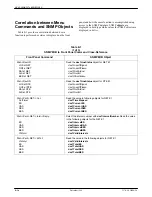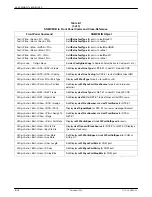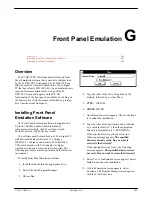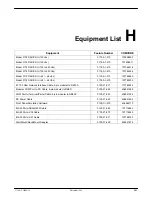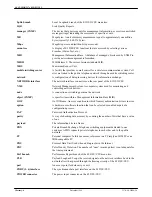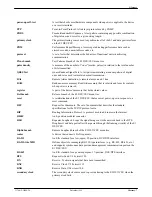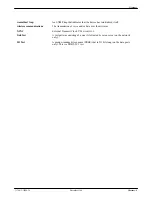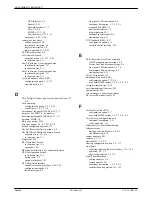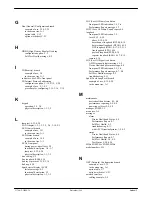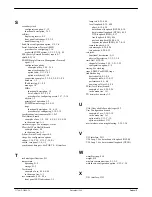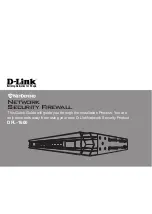
Glossary
Glossary-5
3170-A2-GB20-20
December 1996
frame relay
A switching interface that is designed to get frames from one part of the network to
another as quickly as possible.
framing
A technique that separates bits into identifiable groups.
Generic-Interface Extension
MIB
An extension to MIB II that defines additional objects for control of generic
interfaces in MIB II.
Get command (SNMP)
Read-only access to SNMP MIB objects.
ground
A physical connection to earth or other reference point.
HDB3
High Density Bipolar Three Zeros Substitution. A line coding technique used to
accommodate the ones density requirements of E1 lines.
HDLC
High-level Data Link Control. A communications protocol defined by the
International Standards Organization (ISO).
host
A computer system used for application processing on a network.
Hz
Hertz. A unit of frequency that equals one cycle per second.
ICMP
Internet Control Management Protocol. The protocol that enables in-band control,
diagnostic, and error messages to be passed between nodes in an IP internetwork.
ID branch
Identity branch of the E1 DSU/CSU menu tree.
interface
A shared boundary between functional units.
Internet
The worldwide interconnected collection of networks that predominantly use the
TCP/IP protocol.
internetwork
An interconnected collection of networks (also called an internet).
IP address
Internet Protocol address. The address used by the SNMP manager to access the
device.
ISO
International Standards Organization.
kbps
Kilobits per second (thousand bits per second).
LAN
Local Area Network. A network that spans a small geographic area (e.g., a
building).
LCD
Liquid Crystal Display. Sealed glass plates containing liquid crystal material. When
voltage is applied, the amount of light passing through the plates is altered so that
messages may be displayed.
LCP
Link Control Protocol.
LED
Light-Emitting Diode. A status indicator that glows in response to the application of
a voltage.
link
A communication path between two network nodes.
link layer protocol
The protocol that regulates the communication between two network nodes.
link trap
A trap that identifies the condition of the communications interface (linkDown or
linkUp traps).
LLB
Line Loopback. Loops the received signal on the network interface back to the
network without change.
LOF
Loss Of Frame. The inability to maintain frame synchronization.
LOFC
Loss Of Frame Count. A count of the number of LOFs declared.
loopback test
A test that verifies a device’s operation by connecting the device’s output to the
device’s input.
LOS
Loss Of Signal. The E1 line condition where there are no pulses.

